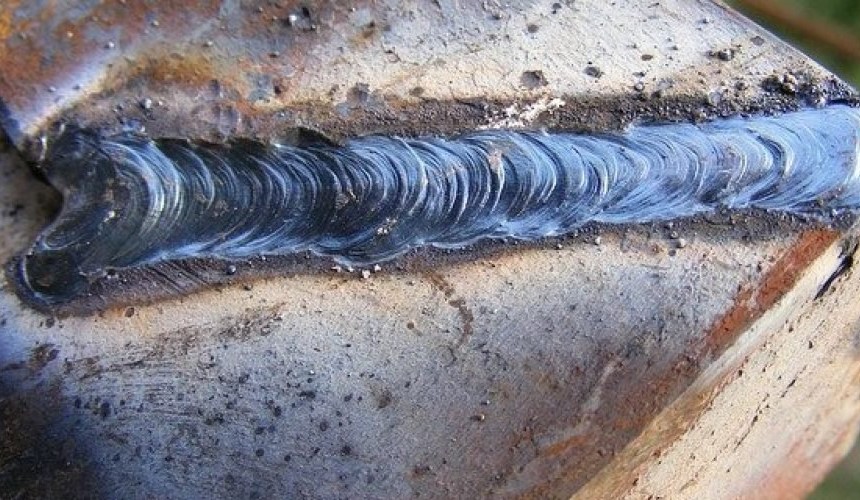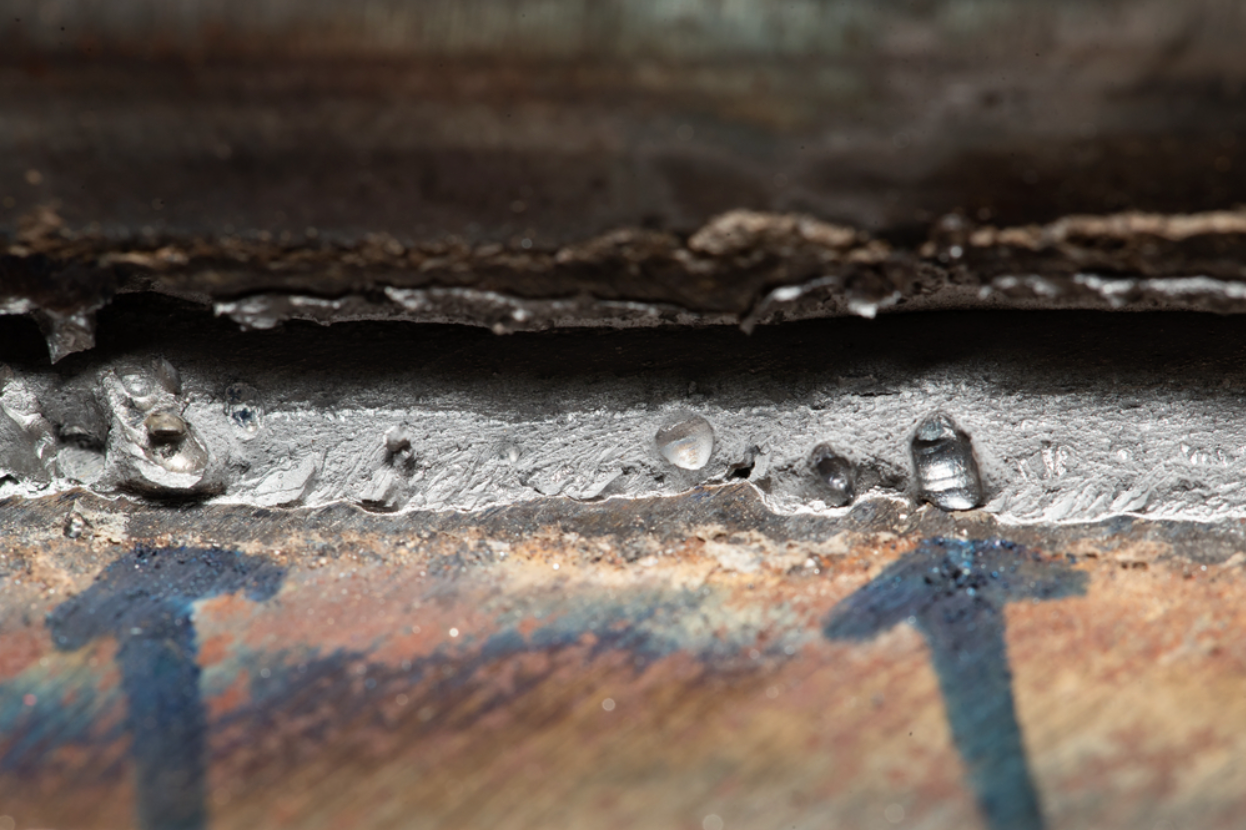Expert Methods for Preventing Weld Undercut Effectively
Expert Methods for Preventing Weld Undercut Effectively
Blog Article
Understanding the Art of Welding: How to Avoid Undercut Welding Issues for Flawless Fabrication Results
Effectiveness and precision are vital on the planet of welding, where also the slightest imperfection can compromise the structural integrity of a fabricated item. One usual obstacle that welders face is damaging, a defect that can lead and weaken a weld joint to costly rework. By understanding the root creates of undercut welding and applying reliable strategies to avoid it, welders can boost their craft to new levels of excellence (Preventing weld undercut). In the search of remarkable manufacture outcomes, grasping the art of welding to avoid undercut concerns is not simply an ability but a necessity for those pursuing excellence in their work.
Recognizing Undercut Welding

To avoid undercut welding, welders should make certain proper welding criteria, such as adjusting the existing, voltage, travel speed, and keeping the appropriate electrode angle. In addition, using the proper welding technique for the certain joint configuration is necessary. Employing weaving movements or backstepping strategies can help guarantee correct weld steel deposition and decrease the probability of undercut development. Regular assessment of welds throughout and after the welding process is likewise vital to capture any undercut early and make needed changes to avoid additional flaws. Preventing weld undercut. By recognizing the root causes of undercut welding and implementing safety nets, welders can attain high-quality, structurally sound welds.
Sources Of Undercut in Welding
Understanding the factors that add to undercut in welding is essential for welders to produce top quality, structurally sound welds. When the weld metal does not properly load the groove created between the base metal and the formerly deposited weld metal, damaging happens. Several factors can bring about damage in welding. One common reason is extreme heat input. Welding at heats for extensive periods can cause the base metal thawing greater than desired, leading to damage. Inadequate welding incorrect or present welding speed can additionally add to damage. Insufficient current might not offer enough warm to melt the base and filler metals effectively, while excessive rate can prevent appropriate fusion, triggering undercut. Additionally, incorrect electrode angles or incorrect torch adjustment methods can develop areas of low weld steel deposition, promoting undercut. Recognizing these causes and carrying out correct welding methods can aid prevent damaging concerns, making sure solid and resilient welds.
Techniques to stop Undercutting

To alleviate the risk of damaging in welding, welders can utilize tactical welding techniques intended at enhancing the top quality and honesty of the weld joints. Furthermore, using the proper welding method for the specific joint arrangement, such as weave or stringer beads, can add to minimizing undercutting.
In addition, appropriate joint prep work, including ensuring tidy base materials devoid of contaminants and making use of the suitable welding consumables, is crucial in avoiding undercut issues. Utilizing back-step welding methods and controlling the weld bead profile can additionally help disperse heat uniformly and minimize the danger of undercut. Normal examination of the weld joint throughout and after welding, along with executing quality assurance actions, can aid in identifying and dealing with damaging concerns promptly. By executing these methods faithfully, welders can achieve perfect manufacture results with marginal undercut defects.
Importance of Proper Welding Parameters
Picking and keeping ideal welding criteria is crucial for attaining effective welds with very little problems. Welding parameters describe variables such as voltage, present, travel speed, electrode angle, and securing gas circulation rate that directly influence the welding procedure. These specifications should be carefully adjusted based upon the kind of material being bonded, its density, and the welding technique used.
Appropriate welding criteria ensure the correct amount of heat is put on thaw the base metals and filler product consistently. If the parameters are established expensive, it can lead to too much heat input, creating burn-through, distortion, or spatter. On the various other hand, if the specifications are too reduced, incomplete check my site combination, lack of penetration, or damaging may take place.
High Quality Guarantee in Welding Workflow

Verdict
Finally, understanding the art of welding needs a complete understanding of undercut welding, its causes, and techniques to prevent it. By making certain appropriate welding specifications and executing pop over to this web-site quality guarantee methods, flawless manufacture outcomes can be accomplished. It is important for welders to consistently pursue excellence in their welding operations to stay clear of undercut problems and generate top notch welds.
Undercut welding, a typical issue in welding procedures, occurs when the weld steel doesn't properly fill up the groove and leaves a groove or depression along the bonded joint.To stop undercut welding, welders ought to ensure appropriate welding parameters, such as changing the current, voltage, traveling rate, and preserving the proper electrode additional info angle. Insufficient welding wrong or present welding rate can also contribute to damage.To reduce the threat of undercutting in welding, welders can utilize critical welding techniques intended at boosting the quality and stability of the weld joints.In verdict, mastering the art of welding needs a comprehensive understanding of undercut welding, its reasons, and strategies to prevent it.
Report this page